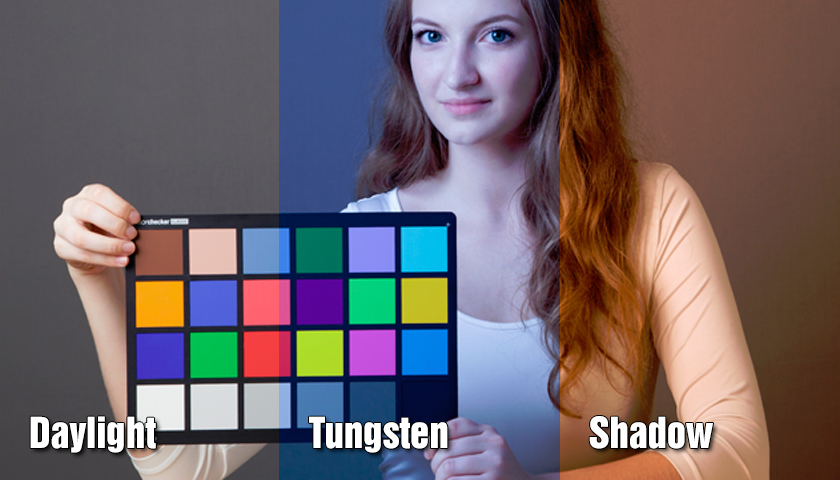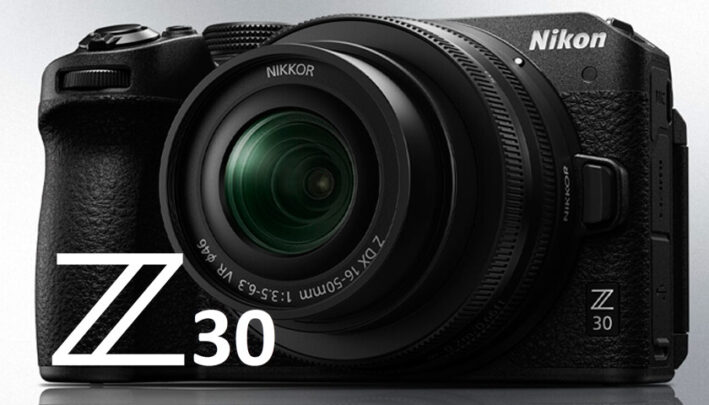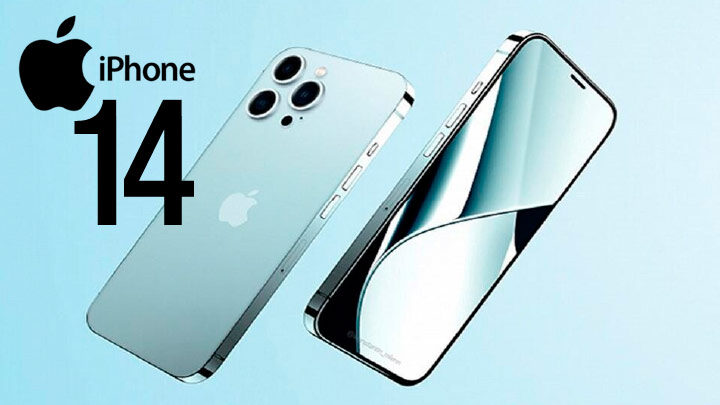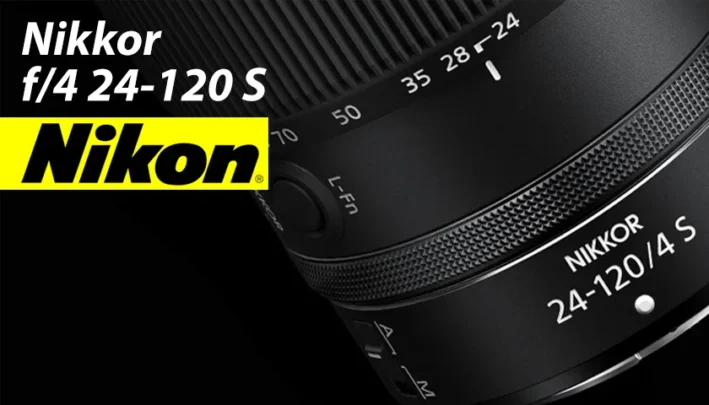Hits: 182
Color temperature in white balance KELVIN
Have you ever wondered why some films that daylight labeled film? This term is used to distinguish between films created for daylight illumination, tungsten (studio) illumination or infrared illumination. There is a need to movies in different light levels, because they contain different shades that can affect the quality of your photos in different kinds of light. The color temperature that determines the color of light is measured in Kelvin units. On a sunny day, the white balance is equivalent to 5500 Kelvin at noon. Under this value, the white color changes from red to yellow and above from blue to green. A classic example of this problem is greenish photographic prints in shots illuminated by fluorescent lamps.
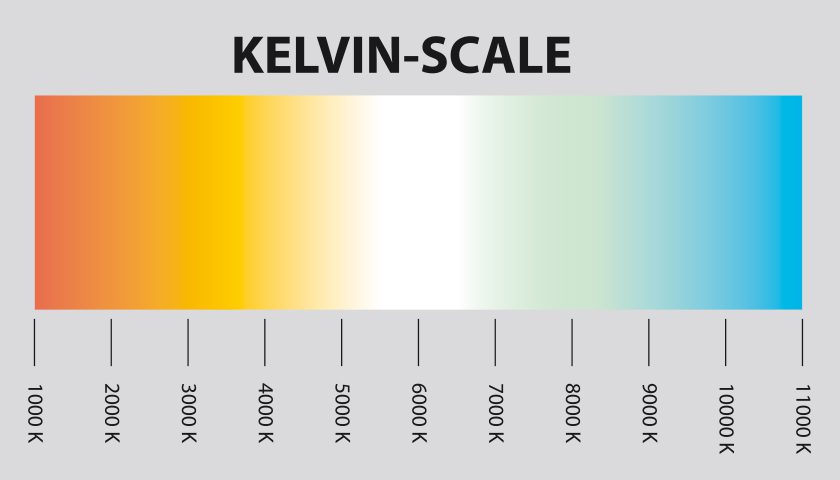
The adjustment
Today, photography is digitalized, it does not mean that solved the problems with different kinds of light. This simply means that the digital photographer has more control over these lighting conditions than his analog counterpart. The easiest way to deal with different lighting conditions, the camera’s white balance (WB = White Balance) is enabled, depending on the settings automatically. The integrated white balance on most digital cameras is sufficient to select the correct setting.
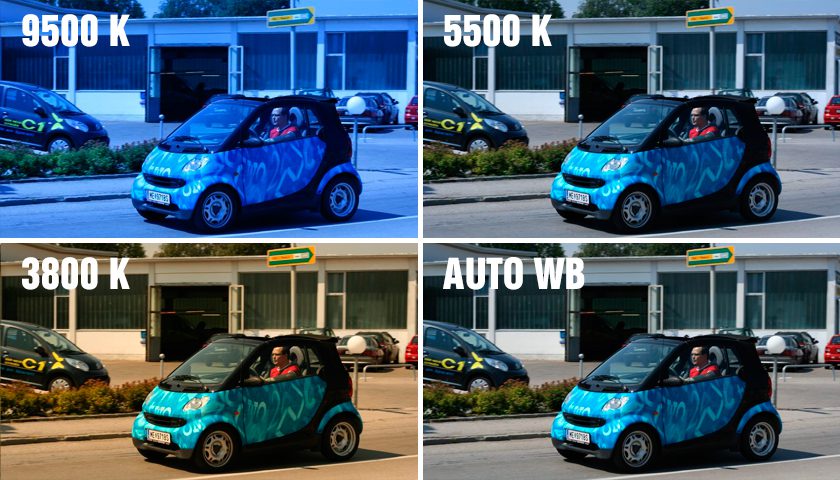
The correct setting is not always the best setting. There is no rule that says that your white balance should be adjusted to sunlight because the weather is sunny. You can try different settings to create different color values that better match the image you create. If in doubt, take two pictures: one at the specified setting and one at the experimental setting.
An example of camera setup
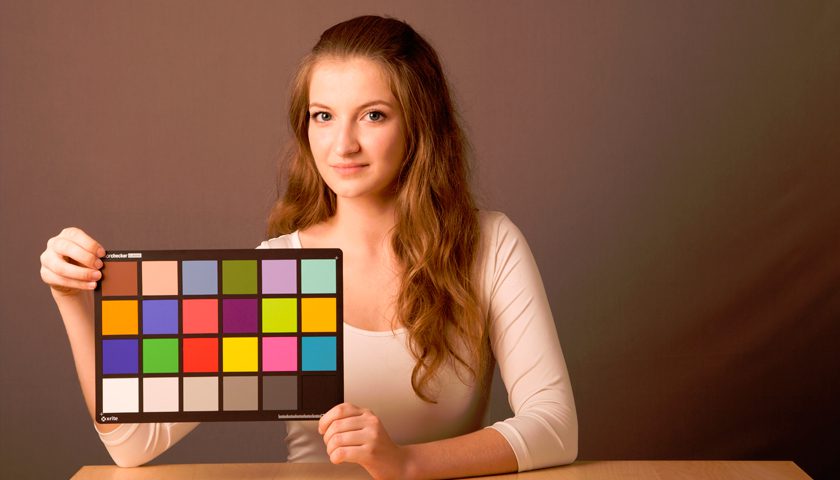
Because there is too much blue light in a dark shade, the white balance settings of the digital camera add more red to the shadow to disable the blue light. If you set the white balance to the shade, if you take photos under direct sunlight, the image becomes warmer because of the red.

